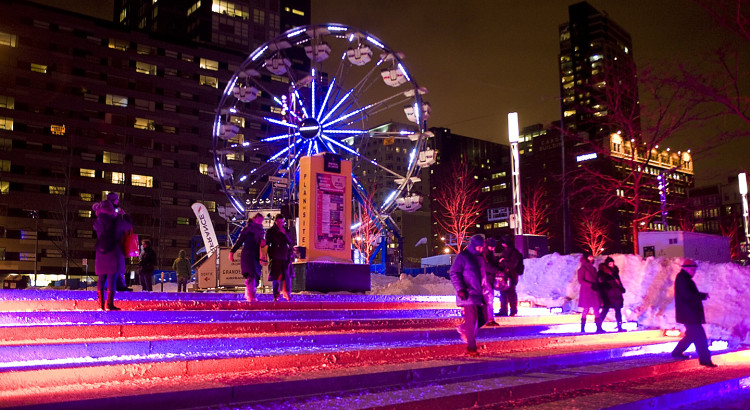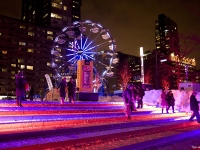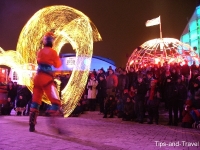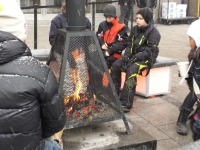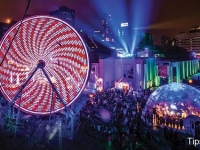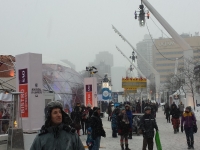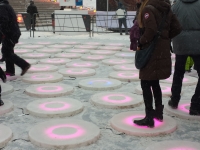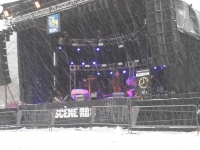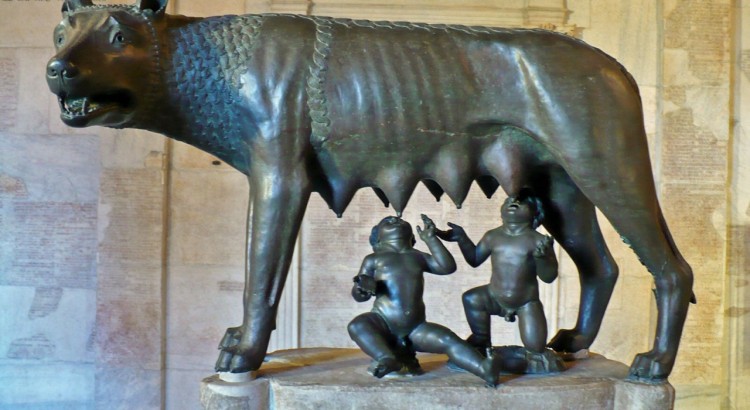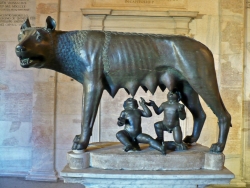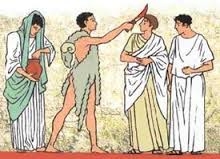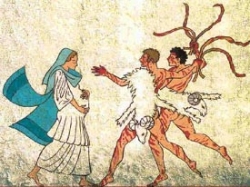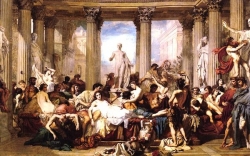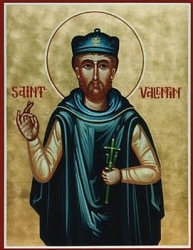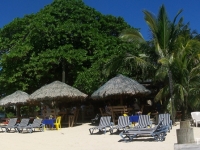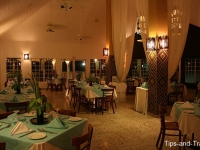To understand the origins of the St-Valentine, we must go back to the time of ancient Rome. Spring began on February 5, it was for the Romans a moment of purification and expiation of all the sins they had committed against their gods. On this occasion, the houses were traditionally cleaned. After sweeping interior parts, was sprinkled with salt and wheat. It is this rite of purification (februa) which is at origin of the word “February”.
Lupercalia
Every year on
February 15, the Romans made a pagan worship of the Roman she-wolf who suckled Romulus and Remus in the cave of “Lupercal”. The popular festival of the Lupercalia (Lupercalia) was a tribute to Faunus, the god of nature and fertility, also called Lupercus. This festival was held on the slopes of Palatine Hill in memory of Romulus who had traced formerly the city wall by digging a furrow with a plow around this mountain.
.
This festival included three highlights:
the sacrifice of a goat
race Luperci
a great final banquet
The sacrifice
The College of Luperci comprised the son of the oldestfive aristocratic families, descendants of the founders of Rome. The ceremony took place symbolically in the cave of the Lupercal. Having sacrificed goats, we drove two young men at the altar. The priest touched their foreheads with the bloody knife and wiped them with wool pads soaked in milk. After which the young people had to laugh.
The race
Then the two youths launched a race through the city. Having toured the Palatine to purify the old site, they spread through the city, laughing and drinking.
The Luperci, half naked and covered only of the skin of the sacrificed goats, hitting spectators with goat skin strips. Lashed young pregnant women with strips of skin from a slaughtered goat. It was believed that this could induce fertility and reduce the pain of childbirth.
The love lotery
Other rituals took place linked to Juno, the goddess of Women and Marriage. The stage had been set for a festivity around the theme of Love. The Lupercian festival was a celebration of sensual pleasure, a time to meet and court a prospective mate.
La Saint-Valentin
The Lupercian festival was one of the most famous of all Roman festivals. The Christian popes long tried to eradicate this custom but it wasn? Until 495 AD that Pope Gelase I managed to ban the pagan ritual. He supplanted the Roman festivity with a church-approved celebration of Saint Valentine that was to take place the day before, on February 14th
.
.
.
.

